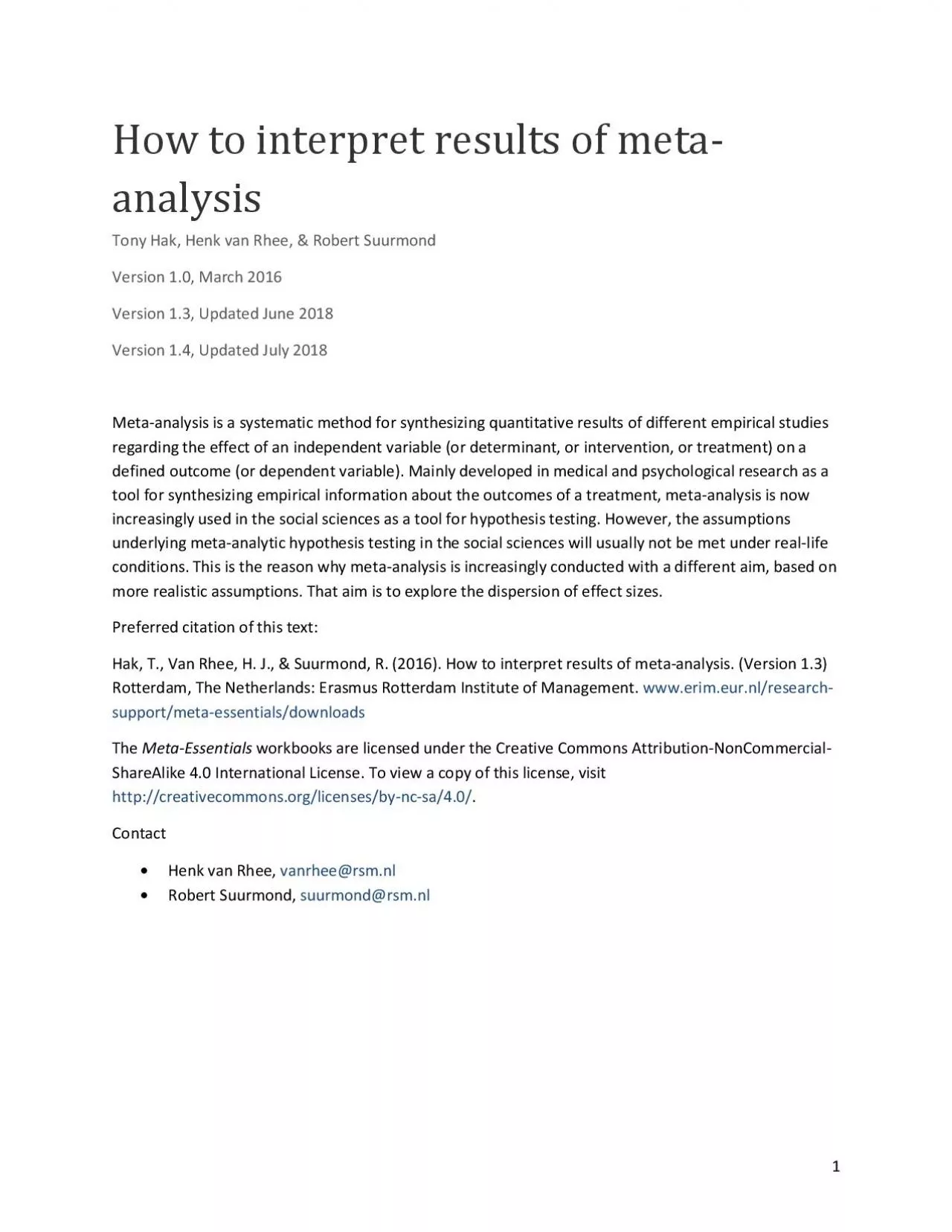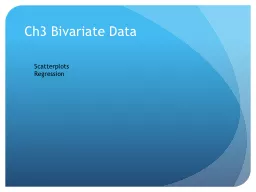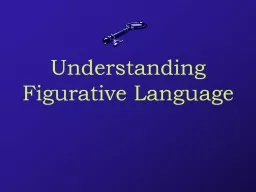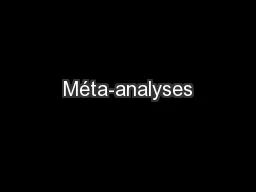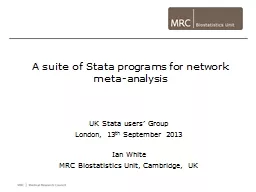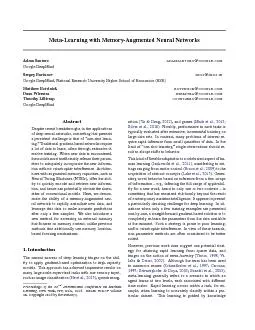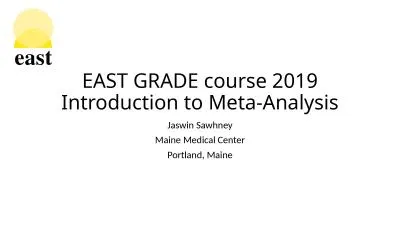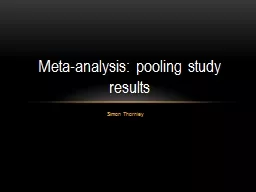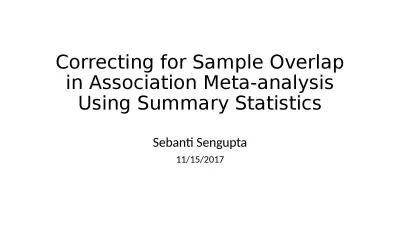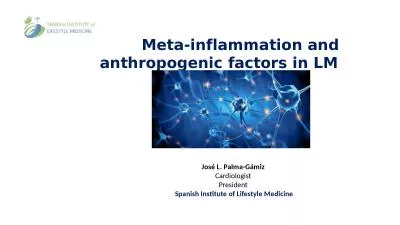PDF-How to interpret results of meta
Author : gabriella | Published Date : 2022-09-01
1 analysis Tony Hak Henk van Rhee Robert Suurmond Version 10 March 2016 Version 13 Updated June 2018 Version 1 4 Updated July 2018 Meta analysis is a systematic
Presentation Embed Code
Download Presentation
Download Presentation The PPT/PDF document "How to interpret results of meta" is the property of its rightful owner. Permission is granted to download and print the materials on this website for personal, non-commercial use only, and to display it on your personal computer provided you do not modify the materials and that you retain all copyright notices contained in the materials. By downloading content from our website, you accept the terms of this agreement.
How to interpret results of meta: Transcript
Download Rules Of Document
"How to interpret results of meta"The content belongs to its owner. You may download and print it for personal use, without modification, and keep all copyright notices. By downloading, you agree to these terms.
Related Documents

